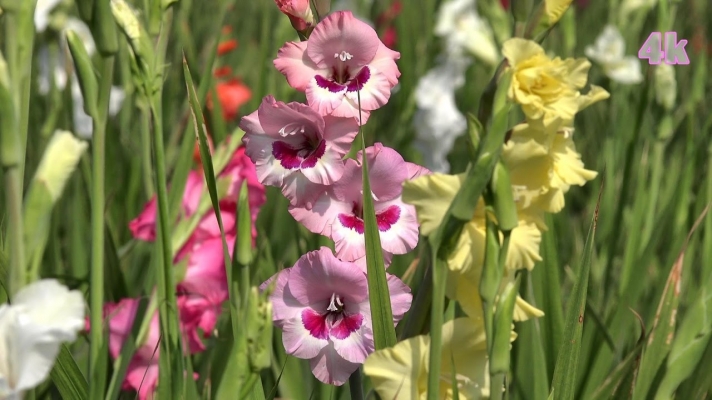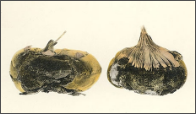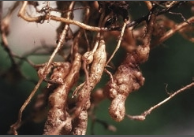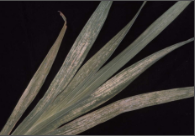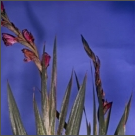Yellow color varieties:
Aldebaran, Topaz, Vink’s Glory, Jester, Top Brass.
Nova Lux: The variety gets mature within 110-120 days. The spike length is 79cm which produces yellow color flowers. Every single plant produces approximately 47 tubers.
White color varieties:
White friendship, White prosperity, American White.
White prosperity: The variety gets mature within 110-120 days. It has 17 florets on a single 75 cm flower spike.
Pink color varieties:
Spic, Friendship Pink, Span.
Suchitra: The variety gets ready in 90-95 days. It has 15-16 florets on a single 83cm flower spike. Every single plant produces approximately 85 tubers. It produces pink color flowers.
Red color varieties:
Oscar, Red Majesty, American Beauty
Purple color varieties:
Red Beauty, Interpid, Trader Horn, Mayur, Marvellous and Blue Lilac.
Other state varieties:
Urovian: The variety gets mature within 110-120 days. It has 16 red color florets on a single 84cm flower spike.
Golden Melody: The variety gets ready in 90-100 days. It has 15 florets on a single 87cm flower spike. Every single plant produces approximately 67 tubers. It has light yellow color flowers.
Snow Princess: The variety gets ready in 80-90 days. It has 11-14 florets on a single 65cm flower spike. Every single plant produces approximately 15tubers. It produces white color flowers.
Silvia: The variety gets ready in 120 days. It has 13-15 florets on a single 75cm flower spike. Every single plant produces approximately 15 tubers. It produces golden yellow color flowers.
Sansray: The variety gets ready in 120 days. It has 15-17 florets on a single 75.5cm flower spike. Every single plant produces approximately 91 tubers. It produces white color flowers.
Mayur: The variety gets ready in 100-110 days. It has 14-16 florets on a single 76.6cm flower spike. Every single plant produces approximately 88 tubers. It produces purple color flowers.
Punjab Pink Elegance: The spikes of this variety are used as ornamental purposes. The variety gets ready in 86 days. Every single plant produces approximately 39 small sized tubers. It has light pink color flowers and has long spikes.
Punjab flame: The spikes of this variety are used for ornamental purposes. The variety gets ready in 114 days. Every single plant produces approximately 60 small sized tubers. It has pinkish red color flowers which are red from the centre.
Punjab Glance: The spikes of this variety are used for ornamental purposes. The variety gets ready in 78 days. Every single plant produces approximately 14 small sized tubers. It has orange color flowers and has long spikes.
Punjab Lemon Delight: It used as ornamental purposes. The variety gets ready in 80 days. Every single plant produces approximately 11 small sized tubers. It has light yellow color flowers and has long spikes.
Punjab Glad 1: The variety gets ready in 90-100 days. It has 15 florets on a single 84 cm flower spike. Every single plant produces approximately 44 tubers. It produces orange color flowers.

